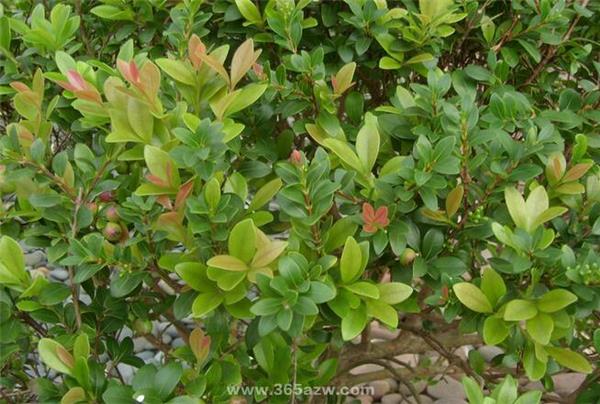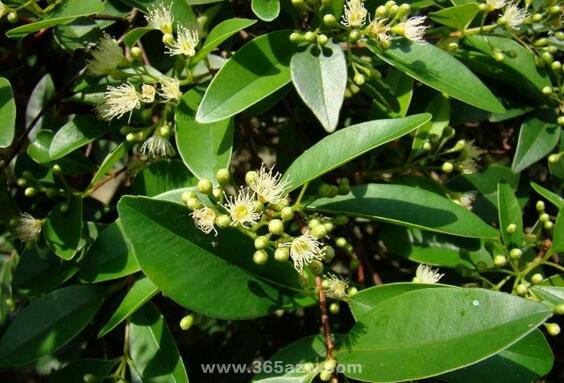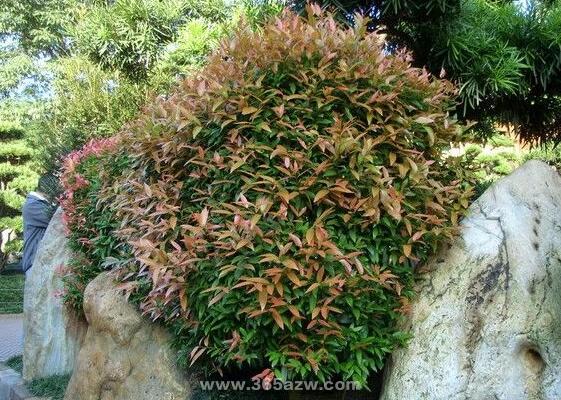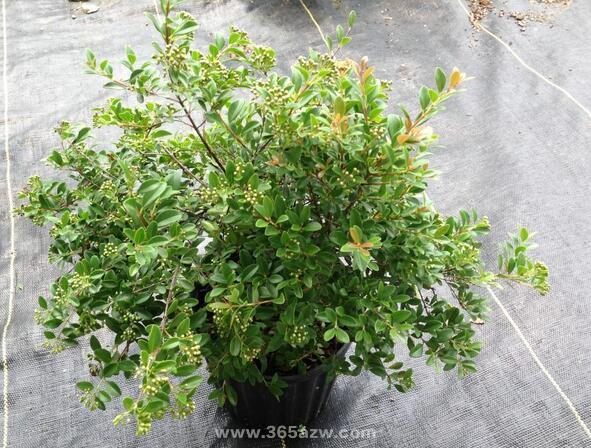Introduction to the maintenance skills of Chimonanthus chinensis
Red Nan is a common bonsai ornamental plant, as an ornamental plant, the maintenance of red Nan has strict humidity and temperature requirements, breeding red Nan must have a detailed understanding of its growth habits.

How to raise Chinan, the breeding methods and matters needing attention:
1. Growth habits: Photinia plants mainly grow in sparse forests or shrubs in low mountains. Growers know that the plant is planted in a soil with deep soil layer and rich in humus, which is more suitable for the growth and development of Photinia plants. After the seedlings are unearthed, the seedlings should be loosened and weeded in time, which can effectively promote the growth of red plants.
2. Fertilization: when the plant enters the flower and fruit stage, the amount of fertilizer required is relatively large, and the phosphorus and potassium fertilizers such as bone powder, calcium superphosphate, ammonium dihydrogen phosphate, plant ash and potassium carbonate should be applied during the fruit expansion period. Growers should not apply too much, should not be too thick, otherwise it will lead to excessive growth of branches and leaves, and even lead to plant death. It is understood that the red nan plant is an acid-loving plant, which can be sprayed with 0.2% Mel 0.3% ferrous sulfate solution during the growing period, 3-5 times a year. The plant was sprayed with 0.1% urea solution 1-2 times during germination, and potassium dihydrogen phosphate with a concentration of 0.1% Mel 0.2% was sprayed once before and after flowering.
3. Watering: growers should pay attention to watering not too wet or too dry. Generally in the summer high temperature season, should carry on a watering in the morning and evening, at the same time, can spray water around the plant leaves, appropriate shade at noon. In the period of vigorous growth, more watering should be carried out appropriately. Growers can shorten the branches and leaves to a certain extent to make the plants look more beautiful, and the best way to properly control the amount of water.

4. Pruning: Cunninghamia lanceolata has strong hair ability and is very resistant to pruning. It can prune unnecessary long branches, crossed branches and overlapping branches at any time, and remove excess buds to maintain the beauty of the tree.
5. Turn the basin: turn the basin every 2-3 years, preferably between February and March in spring, or after autumn. Combined with turning the basin to trim part of the old roots, replace the 1B2 old soil, to loosen and fertile new culture soil.
6. pest control: there are few diseases and insect pests, and there are occasional shell insects. They can be sprayed with 80% dichlorvos 1500 × 2000 times, or the insect body can be brushed away with a brush.
Chinan routine maintenance.
In addition to adopting the same routine management as the general tree bonsai, according to its particularity, the maintenance work of the following aspects must be strengthened.

First, set buds and grow branches at the right time. After the beginning of the spring of the second year, first remove the sunshade net and spread the bonsai so that it can fully receive all-day light. Then fix the buds, remove the axillary buds and foot buds, cut off the overlapping branches, cross the branches, and tie them to the flat for the first time, but do not cut them, let them grow, so that the receptacle can reach a certain thickness, and then cut short according to the shape.
The second is to strengthen fertilizer and water management. according to the characteristics that Chinan likes big water and large fertilizer, cake fertilizer and human and animal manure can be fully retted and watered with water 70%, and watered every 10 days during the growth period. Watering should be carried out early spray late irrigation method, that is, spraying water on the leaf in the morning, watering the root in the afternoon, heavy water and fertilizer to promote the growth and thickening of branches. After the box view is finalized, you can properly control fertilizer, but do not owe water. As soon as Chinan is short of water, the leaves will atrophy, and all previous efforts will be wasted and irreparable.
The third is to control flowering and fruiting. In general, the amount of organic matter needed by flowers and fruits is more than 5 times that of branches and leaves. The red nan dug in that year will blossom and bear fruit after survival, but the branches can not grow to the bud and sign thick. In order to promote branch growth, flower buds should be erased in time, and the formed bonsai should also control its flowering and hanging fruit.
Fourth, pay attention to anti-cold and anti-freezing, Red Nan will be frostbitten or even frostbitten to death under 0 ℃. The Winter Solstice should go into the greenhouse for maintenance, and go out of the shed before and after the Qingming Festival according to the weather in the coming year to enter another annual cycle of maintenance.

The above is the problem that Chinan culture should pay attention to. I hope it will be helpful to you.
Related
- Wuhan Hospital Iron Tree Blooming Result Was Instantly Frightened by the Gardener Master
- Which variety of camellia is the most fragrant and best? Which one do you like best?
- What is the small blue coat, the breeding methods and matters needing attention of the succulent plant
- Dormancy time and maintenance management of succulent plants during dormancy
- Minas succulent how to raise, Minas succulent plant pictures
- What are the varieties of winter succulent plants
- How to raise succulent plants in twelve rolls? let's take a look at some experience of breeding twelve rolls.
- Attention should be paid to water control for succulent plants during dormant period (winter and summer)
- Watering experience of twelve rolls of succulent plants
- Techniques for fertilizing succulent plants. An article will let you know how to fertilize succulent plants.



